Ms. Mai Xuan Huong, Deputy Head of Science Management Department, Department of Science and Technology, said: “The technology process of super-intensive shrimp farming without water exchange in Ca Mau province is a pilot production result that was evaluated as excellent by the Provincial Technology Council. After that, the Department of Science and Technology was assigned by the Provincial People's Committee to be the host unit, coordinating with relevant departments and branches to establish a project coordination team and deploy the replication of this model. Phase 1 will be piloted on an area of 100 hectares”.
The household of Mr. Doan Minh Trung, Xeo Sao Hamlet, Lam Hai Commune, Nam Can District, is one of the first households in the project to successfully apply this model. In just 60 days, the shrimp reached a size of 50-60 shrimp/kg. Initial assessment shows that the model is very feasible to replicate on an area of 100 hectares. Mr. Trung shared: “Initially, I, like many other households here, implemented an industrial shrimp farming model but still discharged waste into the environment. The investment cost for the ponds was about 7 billion VND. After 76 days of farming, the shrimp reached more than 60 shrimp/kg, but before I could harvest, the shrimp got sick. At that time, I was very confused because I had come here to buy land, build a house, and invest more than 10 billion VND in a farm but it did not bring results. In the midst of confusion, I met some brothers in the environmental shrimp farming group. They instructed me to raise shrimp according to a circular technology process without changing the water, I followed it, costing about 50 million VND more. I just needed to install a water pipe from above to discharge waste into the algae pond, the algae would filter the water and then return to the shrimp pond. At first, I thought it was difficult, but when I started doing it, it was very easy, because the source of algae is available locally, I just needed to choose the right type to release into the pond and it could be replicated.”
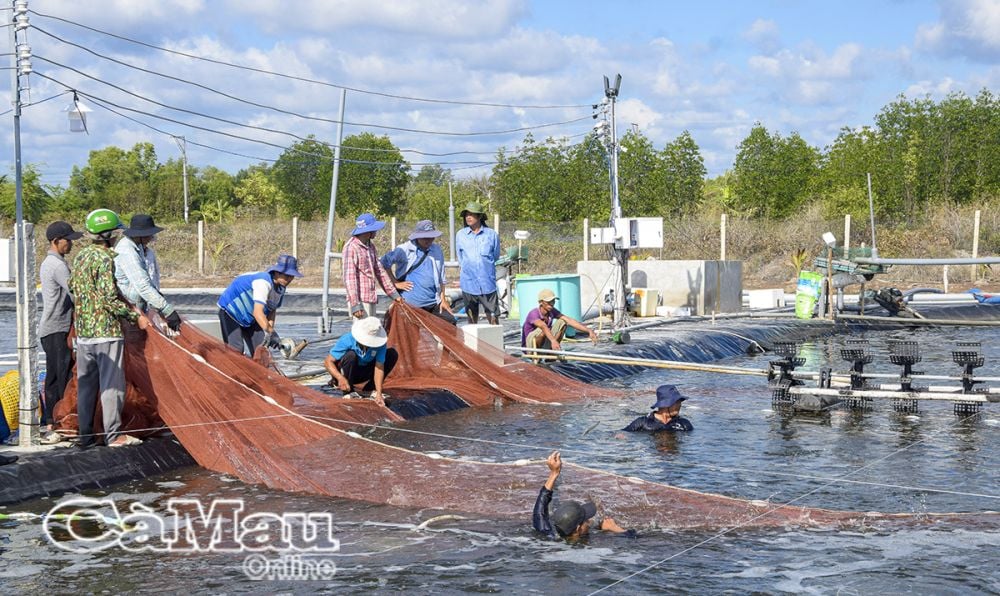
Mr. Trung has just harvested 1 pond, over 3.5 tons.
Currently, Mr. Trung's household harvests after 60 days of stocking, the shrimp reach size 50-60 shrimp/kg. The efficiency is superior to before, shortening the farming time by 15 days and saving a lot of costs.
“I rarely use drugs or antibiotics. Instead, I use natural ingredients such as bananas, ginger, honey, pineapple... mixed into the feed to increase the shrimp's resistance. I find the water circulation shrimp farming model very effective. Initially, I tested 2 ponds, after 76 days I harvested nearly 3 tons of shrimp, when applying this model, after only 60 days each pond harvested more than 3.5 tons. If expanding to 5 ponds, the shrimp yield will be very high,” Mr. Trung excitedly shared.

The discharged wastewater is used to raise silver carp, mullet...
With a scale of 100 hectares, the project mobilizes resources outside the State budget, implemented according to the chain of links. In which, scientists and the State play the role of bridge, management, inspection, and supervision; while businesses and people are the direct implementing forces. The biggest goal of the province when implementing this model is to raise shrimp without discharging waste into the environment, or if there is waste, it must meet standards. In addition, the project also aims to reduce production costs and develop green growth, in order to meet international export standards.
Mr. Ngo Van Luong, a long-time shrimp farmer in Cai Doi hamlet, Phu Tan commune, Phu Tan district, after visiting Mr. Trung's model, commented: "I have raised super-intensive shrimp for many years, and have traveled to many places to learn. I find this model effective: first, the water is circulated, second, it limits diseases, and third, it has proven its effectiveness. After only 60 days, the shrimp grew very well, especially the cost is much lower than the old model. Previously, it was necessary to have settling ponds and discharge ponds, but now it is a closed-loop model, using algae to clean the water, reducing diseases for shrimp, which is very suitable in the context of unpredictable climate change."
Master Mai Xuan Huong added: “The project is a pilot model of 100% chain linkage from input to output. Feed suppliers will enjoy preferential price policies like agents, and will receive an additional support of 3,000 VND/kg compared to the agent price to support people in the initial stage of conversion. After 45 days, the enterprise will invest 100% of the debt if the project is successfully implemented. Regarding seaweed and fish in the ecosystem, the enterprise will support 50%; technology is also reduced by 20% compared to the agent price, input materials such as drugs, microorganisms... are also reduced by an additional 20%. In particular, technology experts will support 100% throughout the farming process, without people having to pay design costs or technical advice.”
The project phase 1 with a scale of 100 hectares has completed registration and is being implemented. If the results are positive, the province will expand the area from 600 hectares to 1,000 hectares. With the active support of departments, branches and localities, businesses are ready to expand the investment area without limit.
“For this model, during the entire farming process, we do not use chemicals or antibiotics. Therefore, the model can meet international certification standards such as ASC, BAP... and certificates according to export needs. We expect that in the coming time, the shrimp industry will make an important contribution to exports, improve quality and aim to achieve green certification in sustainable shrimp farming”, Master Mai Xuan Huong shared./.
Diamond
Source: https://baocamau.vn/nuoi-tom-khong-xa-thai-huong-di-moi-hieu-qua-a38830.html




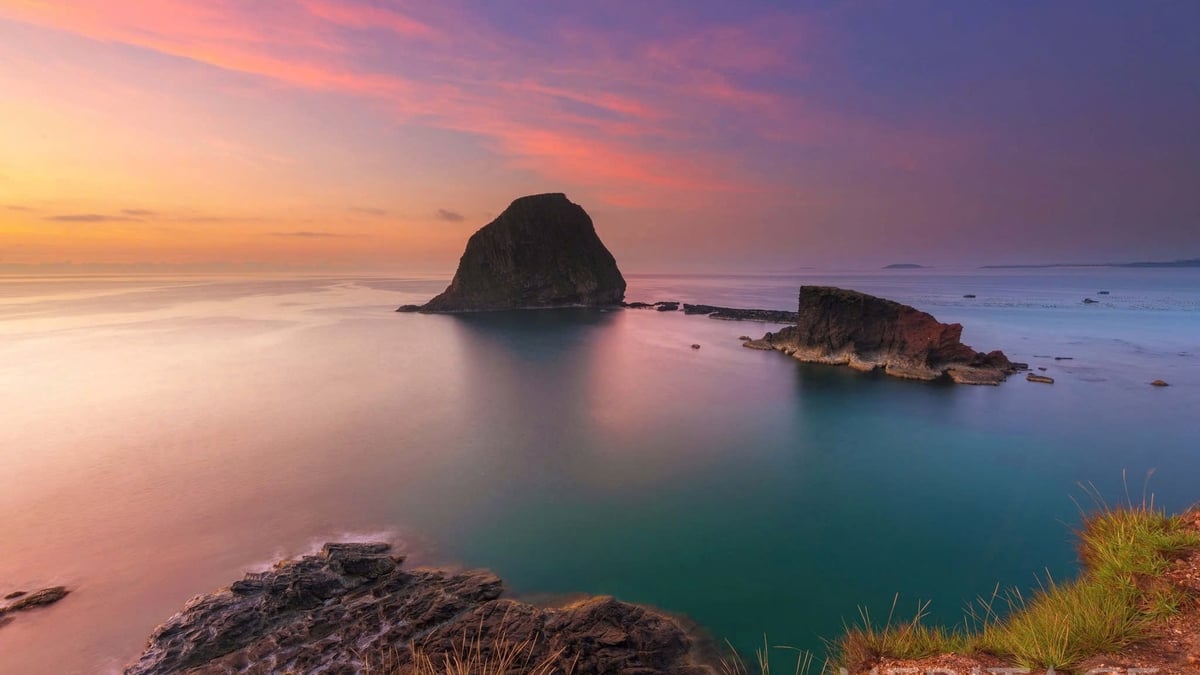
![[Photo] Prime Minister Pham Minh Chinh attends the event "Digital transformation of the banking industry by 2025"](https://vphoto.vietnam.vn/thumb/1200x675/vietnam/resource/IMAGE/2025/5/29/0e34cc7261d74e26b7f87cadff763eae)

![[Photo] Prime Minister Pham Minh Chinh receives leaders of Excelerate Energy Group](https://vphoto.vietnam.vn/thumb/1200x675/vietnam/resource/IMAGE/2025/5/29/c1fbe073230443d0a5aae0bc264d07fe)
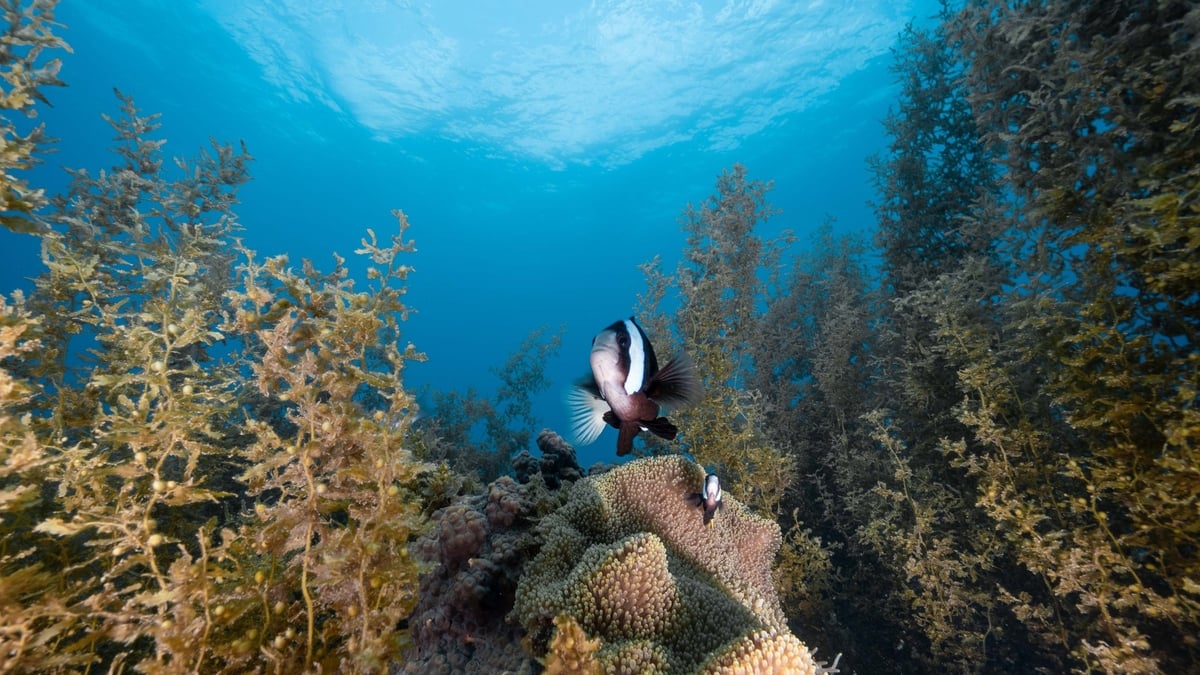


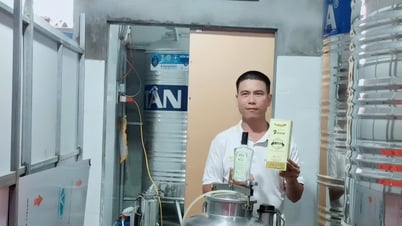

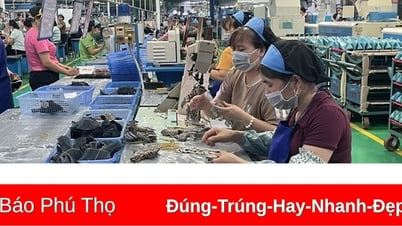

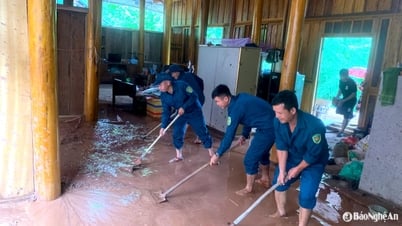

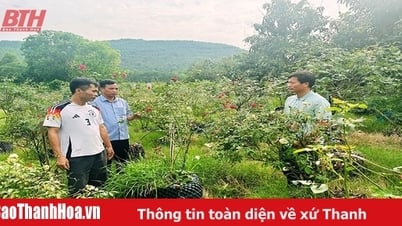





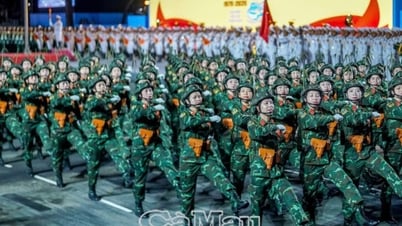
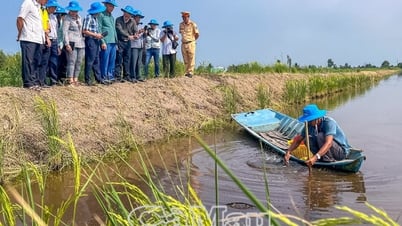

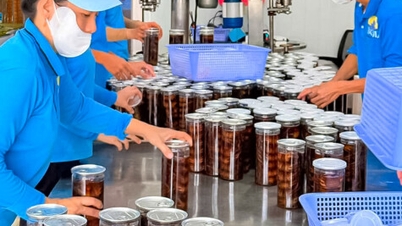

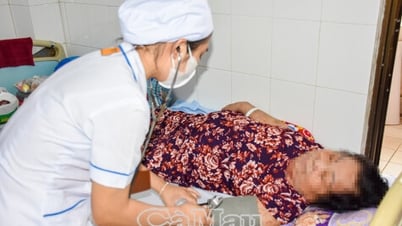
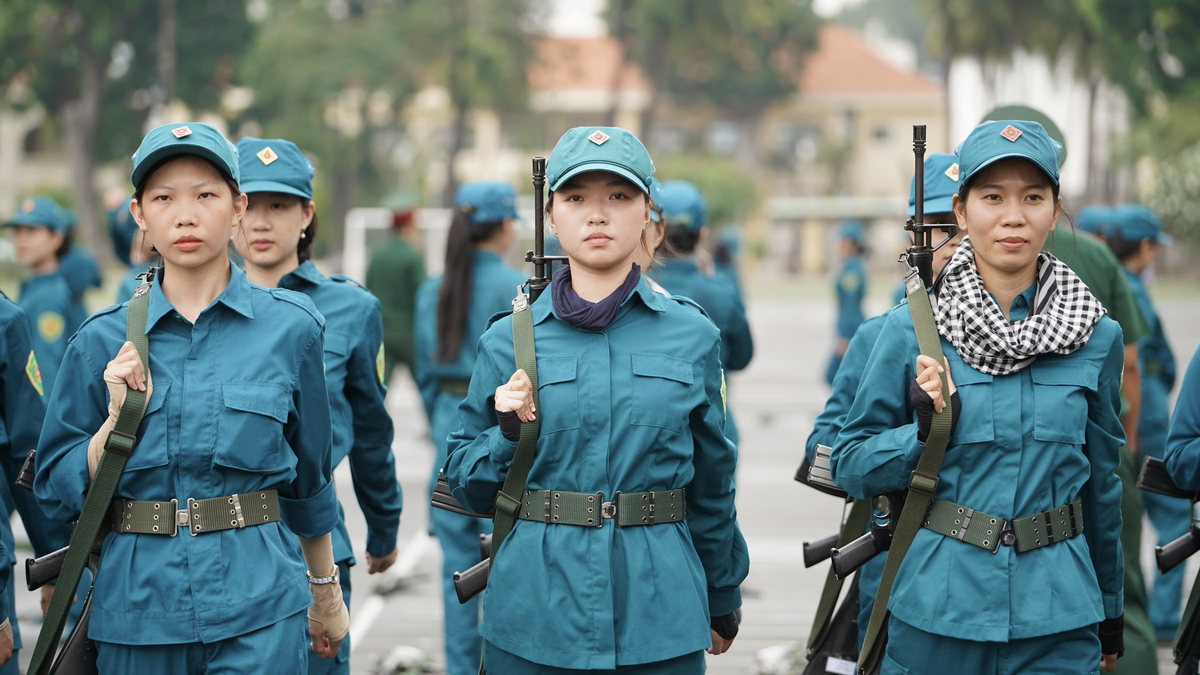




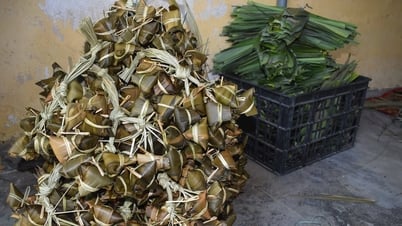
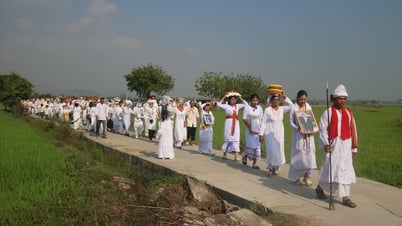

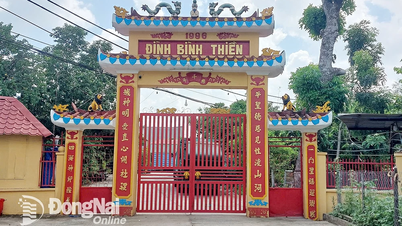

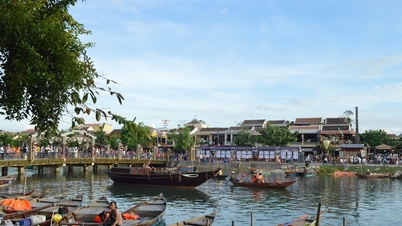


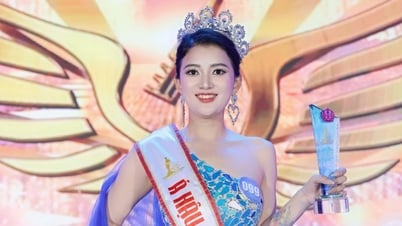



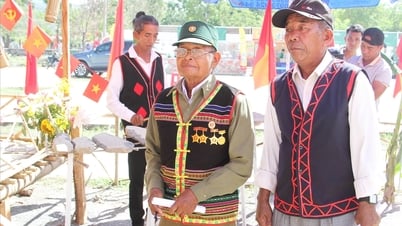
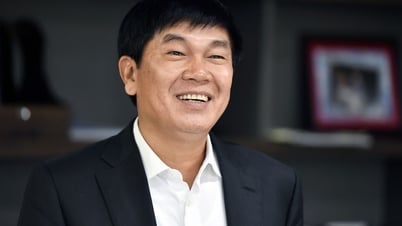



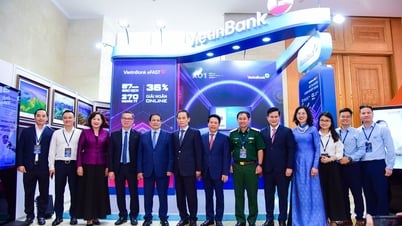


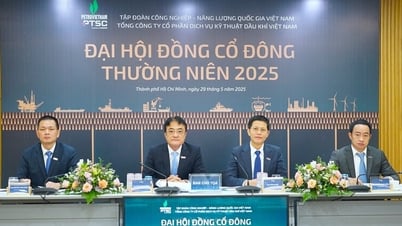

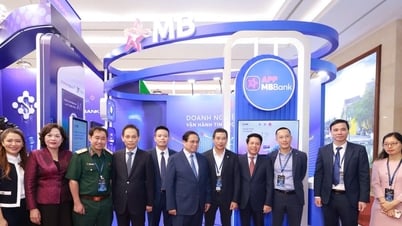

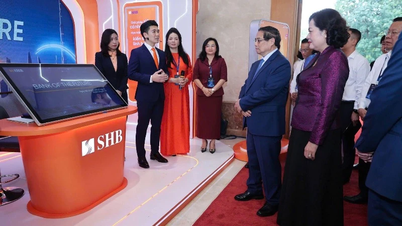






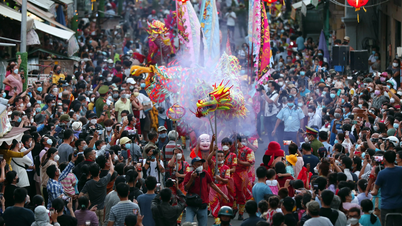

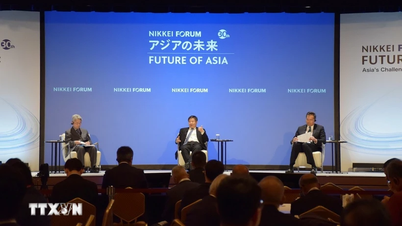


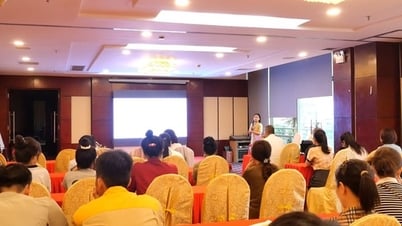
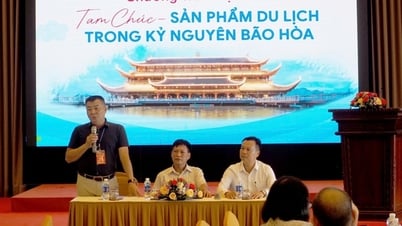
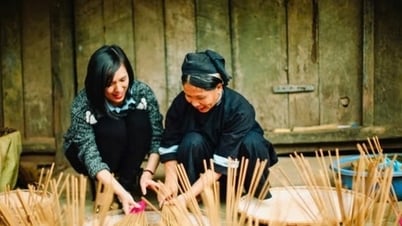
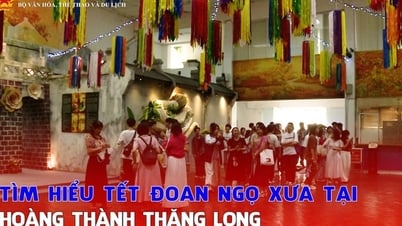
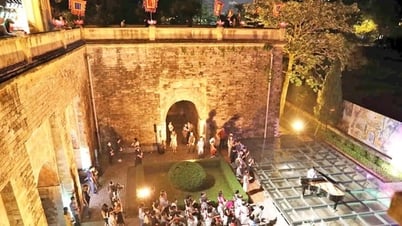
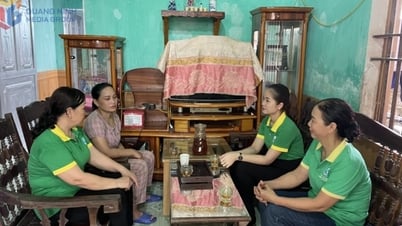

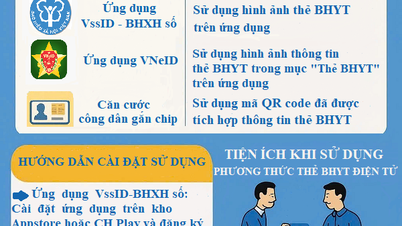
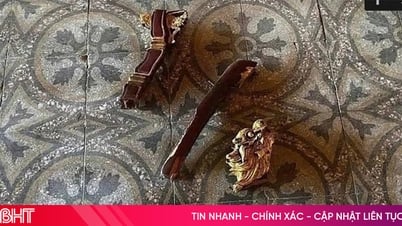

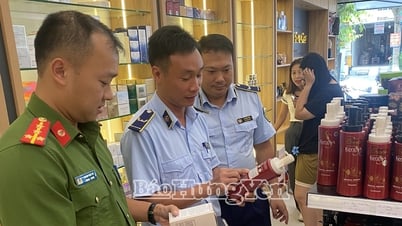

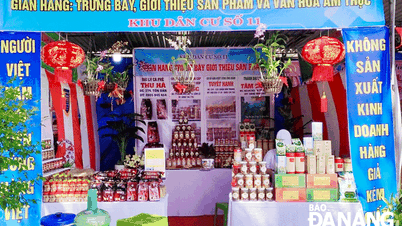


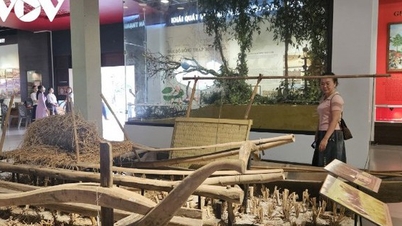
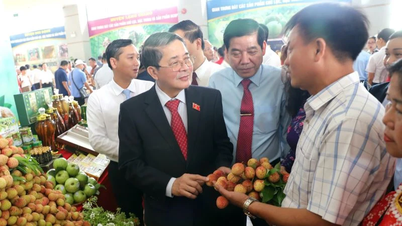
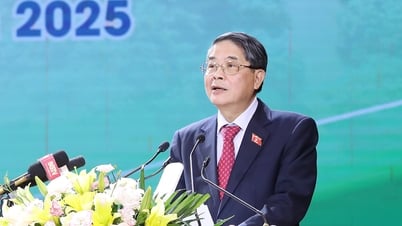

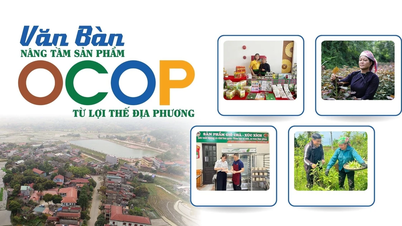

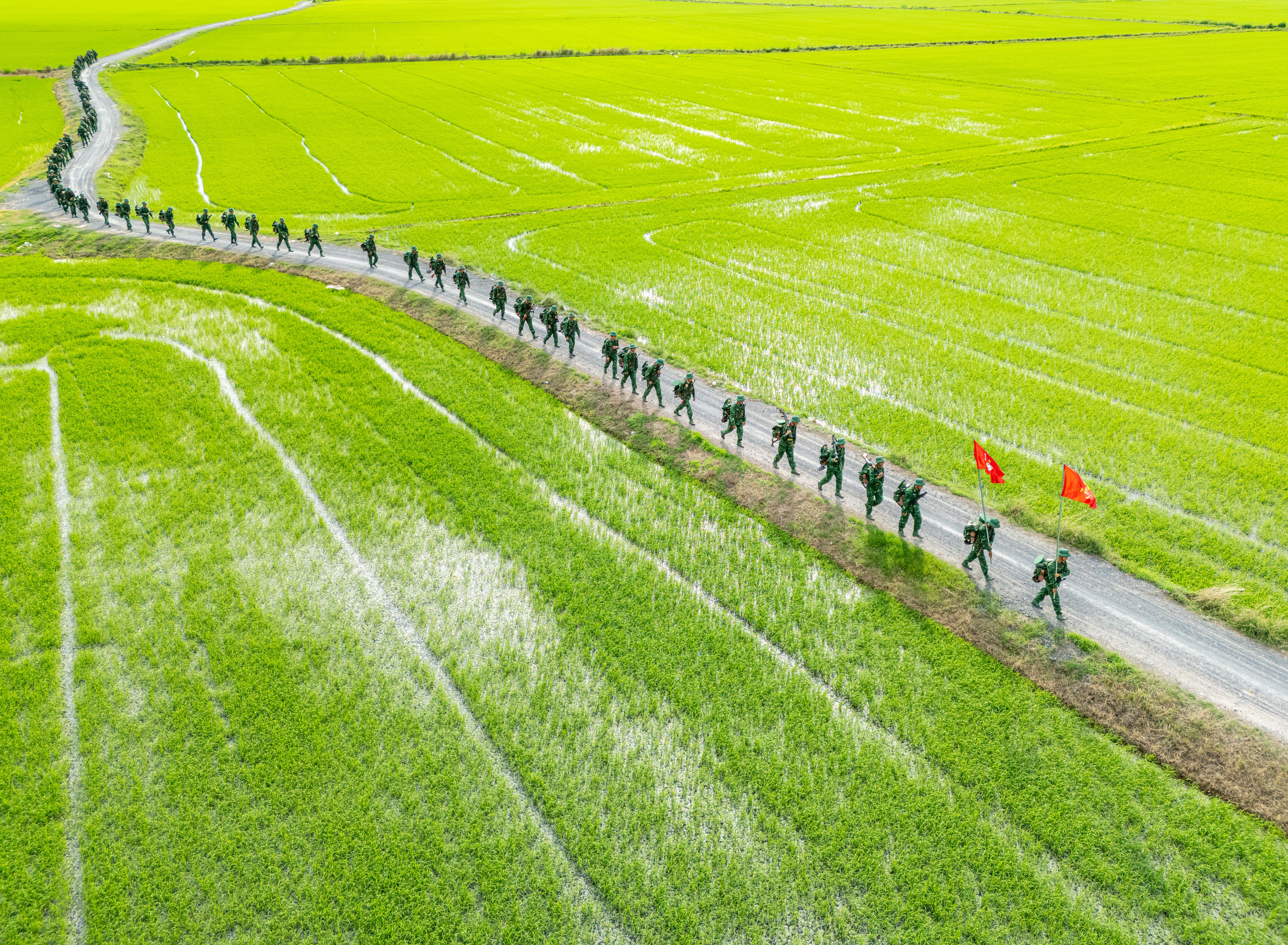



Comment (0)